Ume, the Japanese Plum Tree, Prunus mume Botany Boy

Rag Picker ExtraOrdinaire Green Plums For Umeboshi Nontraditional
11. Kishu Ishigami Tanabe Bairin Ume Orchard: 300,000 Plum Trees in Wakayama's Mountains. Further north of Minabe Plum Grove is Kishu Ishigami Tanabe Bairin Ume Orchard, located deeper into the mountains, located 300 meters above sea level. As with the plum blossoms in Minabe, Kishu Ishigami Tanabe Bairin Ume Orchard also has a long history.
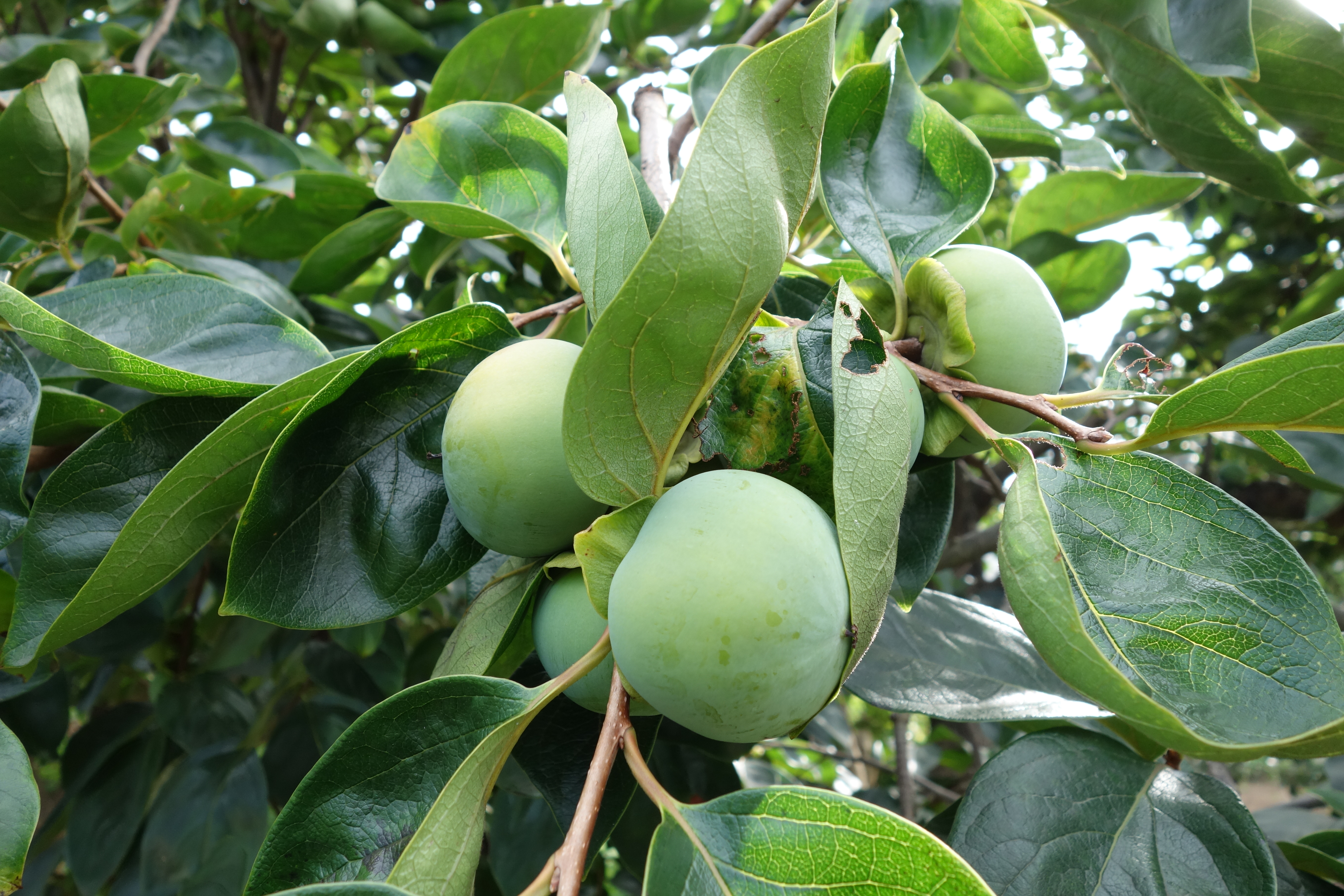
Ume (Japanese plum) « Shoku Japan
The ume plum tree is a deciduous plant that blooms in late winter or early spring with small white flowers. The fruit matures between May and July, depending on the region's climate. Since Ume plums can be harvested at different times of ripening stages, there are several varieties available for use in various recipes..
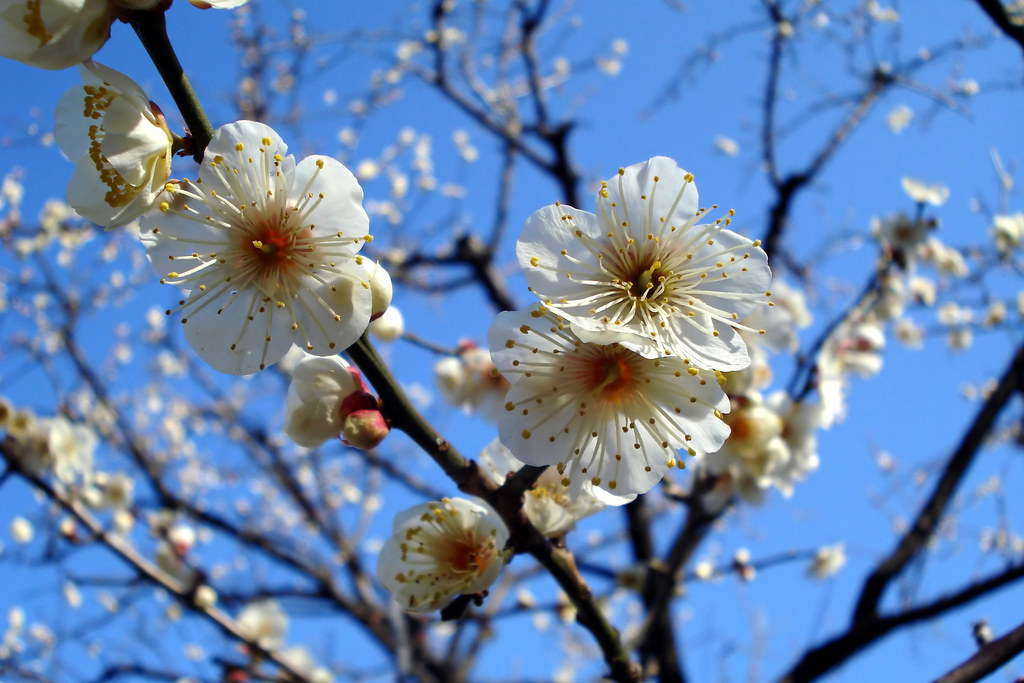
Plumtree flower Ume Matsuri II Japanese simply LOVE flo… Flickr
The Japanese plum tree, also known as ume, Prunus mume, is in fact an apricot, and originates not from Japan, but rather the mountains of southwestern China.Regardless, this is another iconic tree of Japan, famous not only for its early flowering, often while the snow still falls, but also for its extremely sour fruits which are used liberally in Japanese cuisine - from pickles to sauces.

ume (plum) tree bonsai 趣味
Prunus mume is a Chinese tree species classified in the Armeniaca section of the genus Prunus subgenus Prunus.Its common names include Chinese plum, Japanese plum, and Japanese apricot.The flower, long a beloved subject in the traditional painting and poetry of Sinospheric countries (including China, Korea, Vietnam, and Japan), is usually called plum blossom.

Ume Plum Blossom Tree jjwalsh Flickr
The ume flowers grow directly from the branch, not on stems like sakura, which is one reason why plum trees are more subdued than cherry trees—there are fewer flowers per tree to enjoy. Plum trees have throughout history been associated with the arrival of spring and good fortune. And finally, the colors of plum trees are different from the.

a cardboard box filled with lots of green and pink mangoes on top of a
Grows in zones: 6 - 8. The Prunus mume tree originated in China and Korea but is most often referred to as Japanese Apricot in the west. These small elegant trees have been cultivated for more than 1500 years and are highly prized in Asia for their beautiful blossoms and fragrant fruits. The fruits from the Prunus Mume tree are harvested to.
Eldora the Explorer Plum (ume) tree viewing
Ume, similar to a plum, arrived in Japan over 2000 years ago from China and became a Japanese staple. That said, this fruit is closer to an apricot! The ume tree, scientifically known as 'prunus mume,' often confuses people as a plum tree, but it is more closely related to an apricot plant. People commonly call it the "Japanese apricot.".

Ume, the Japanese Plum Tree, Prunus mume Botany Boy
A large selection of Japanese flowering apricot trees can be seen at the North Carolina State University Arboretum. The genus, Prunus, is derived from Latin and means plum or cherry. The epithet, mume, is the Japanese pronunciation of the Chinese name for this plant. This tree prefers full sun to partial shade, moist, acidic, loamy soils.
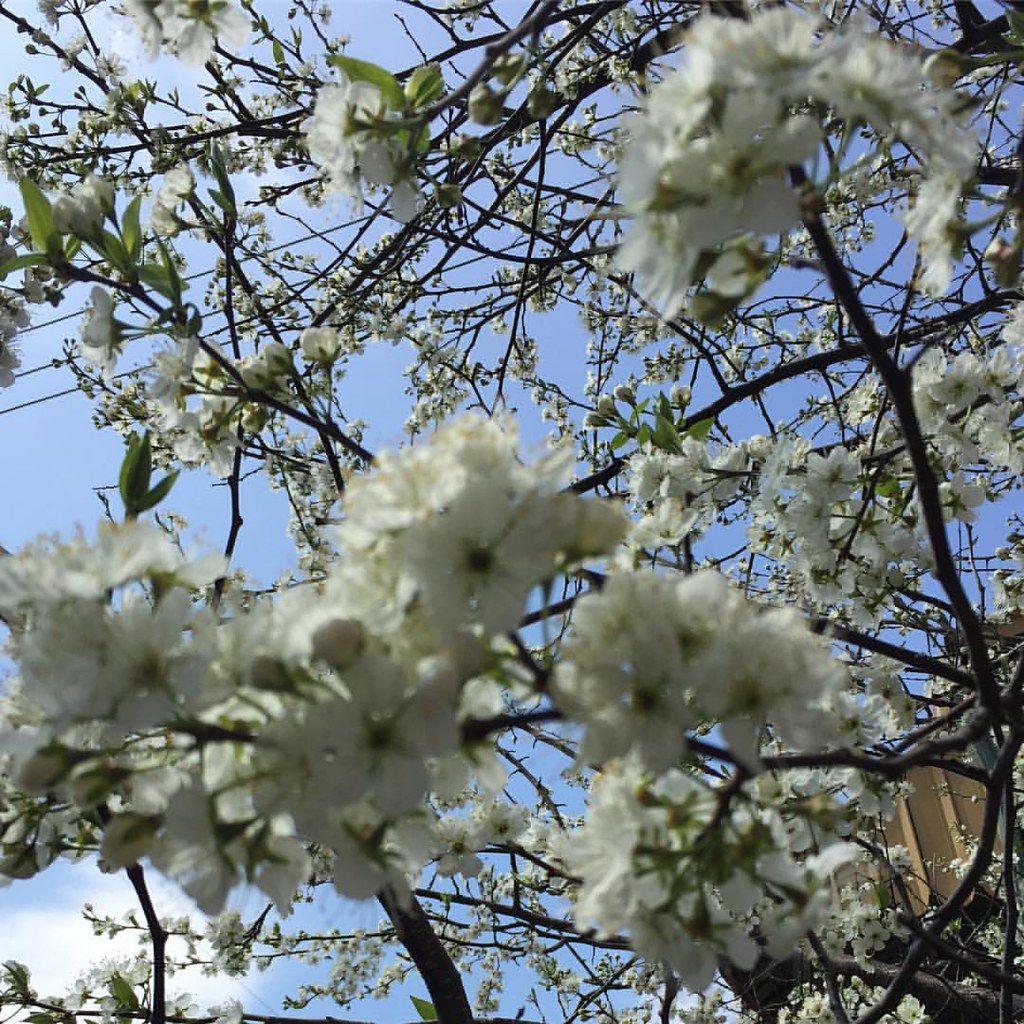
Backyard ume plum tree in bloom smells so heady molly steenson Flickr
Ume (梅) - The Japanese Plum. Plant Family: Rosaceae. Botanical name: Prunus mume.. Tobiume - the Legend of the Flying Plum Tree. The Legend of the Flying Plum Tree dates back to when Sugawara no Michizane, a revered 9th century poet and scholar, lost favour with the court and was forced to leave his hometown of Kyōto for the remote.
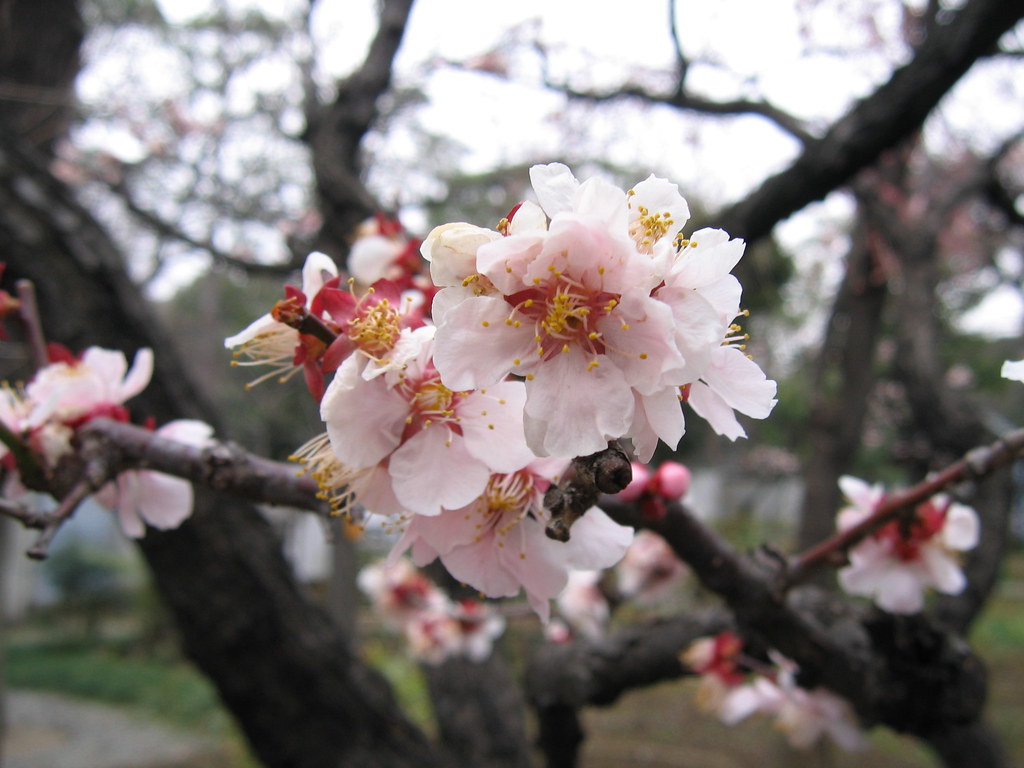
White Plum of Ryodaishi An ume tree (Japanese plum) just i… Flickr
The ume plum is a prevalent fruit in Japan and is used in many Japanese products and food. The fruit looks very similar to apricots as they are yellow and have the same shape; these plums can also be green, depending on how ripe they are. Surprisingly, the ume tree, also known as Prunus mume, is genetically closer to an apricot tree than a plum.

Japanese Nanko Green Ume (Plum) — MomoBud
Umeshu. Umeshu is a traditional and popular Japanese alcoholic beverage made from ume fruit. It has a sweet and sour taste, with an alcohol content ranging from 10-20%. This liquor is often enjoyed on its own straight up, over ice, or with hot water, and can also be used as an ingredient in cocktails or other drinks.

Ume, the Japanese Plum Tree, Prunus mume Botany Boy
Plum Trees. Many species of fruit trees have similar reference names and can easily be confused with the tree from which Umeboshi (Ume) plums are grown. Ume plums come from the plum tree, Prunus mume. Prunus salicina and Prunus japonica (also called: Japanese bush cherry) are different species of plum trees.
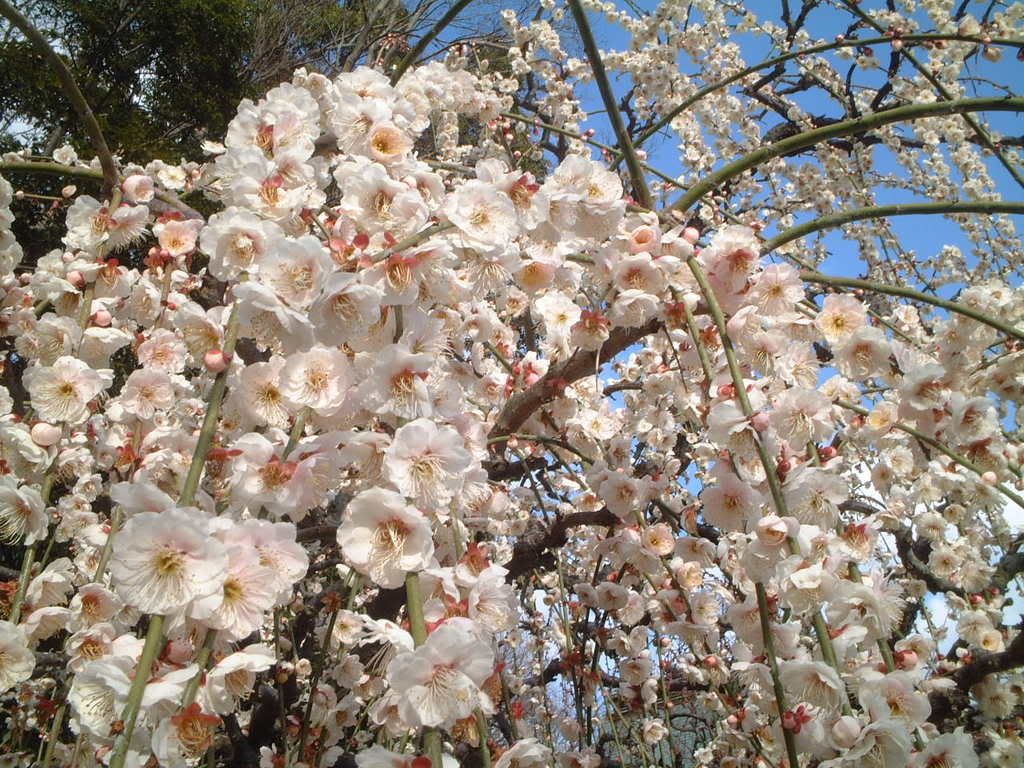
Ume (plum Tree) Flowers Photo by Lotus_ro Photobucket
Ume (梅, うめ), plums, or Japanese apricots, grow on large, broad-leaved trees with a short growing season. The young bright green fruits are slightly smaller than a golf ball and green to yellowish-green in color. When ripe, they have a beige-peach flush. They are not for eating but are used to make condiments, pickles, and drinks such as.

Japanese Plum Ume in Bloom stock image. Image of flower 141177055
Common names include loquot, Japanese plum, ume, Japanese medlar, Chinese plum, pipa (in China), and nespolo (in Italy). Japan is currently the greatest manufacturer of this plum variety in the world. The trees or shrubs bloom in autumn and winter, attracting bees with their fragrance. Bees are the main pollinators of the plant in the wild.
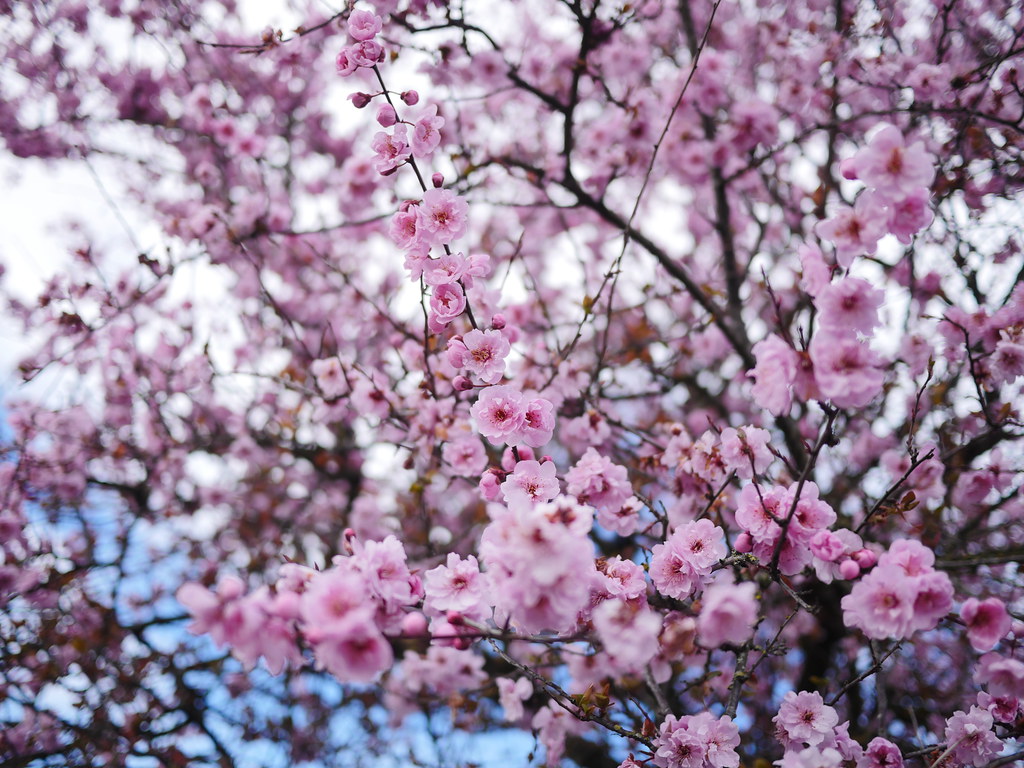
Plum blossom Ume, plum trees are in full bloom Kirill Ignatyev Flickr
Like cherry trees, plum trees come in many varieties, many of which were cultivated by humans over the centuries. Most plum blossoms have five petals and range in color from white to dark pink. Some varieties with more than five petals (yae-ume) and weeping branches (shidare-ume) have also been cultivated.
Eldora the Explorer Plum (ume) tree viewing
If you'd like to grow plum blossom from seeds—acquired from ripened fruit or a nursery, here's how to do it: Fill a plastic bag with moistened sphagnum moss and sand (1:1 ratio). Bury the seeds inside the filler material. Stratify the seeds by placing the bag inside a refrigerator for about three months.